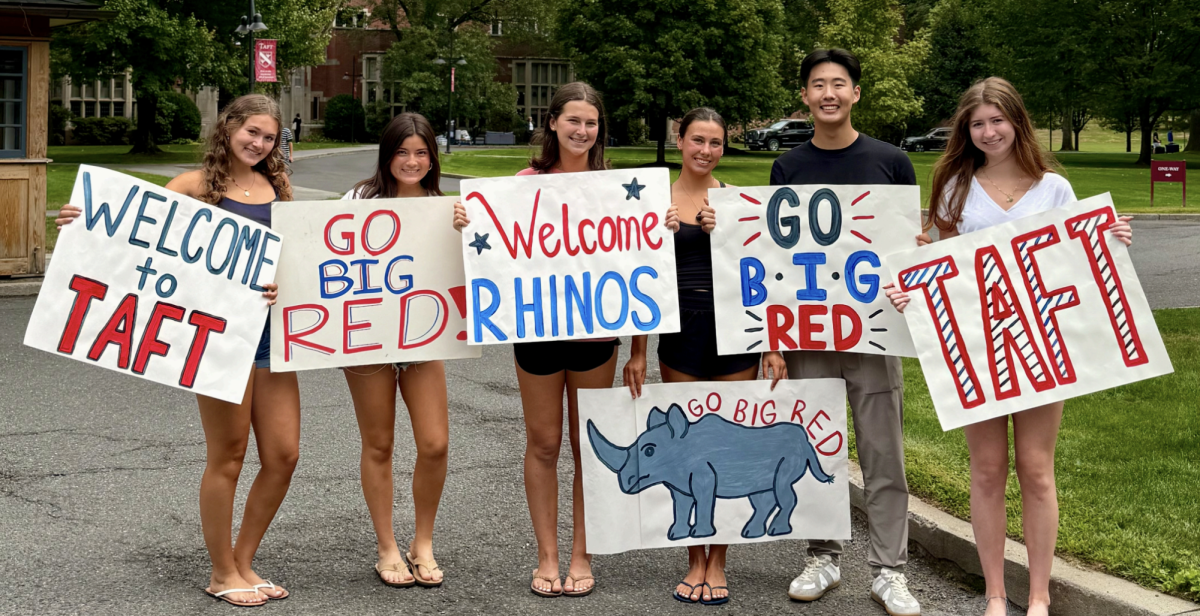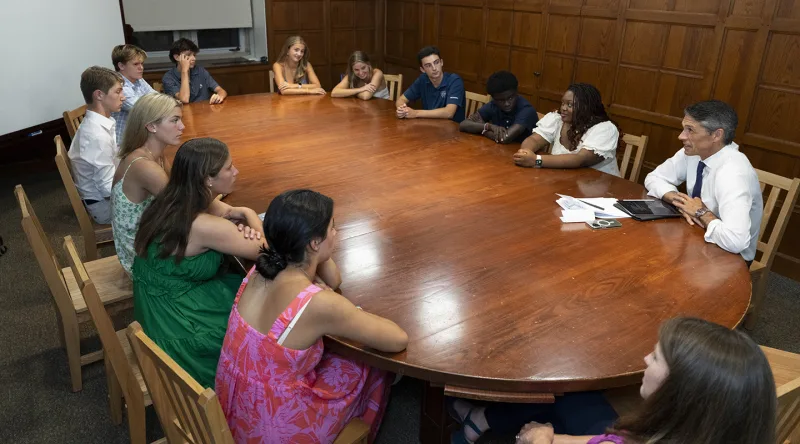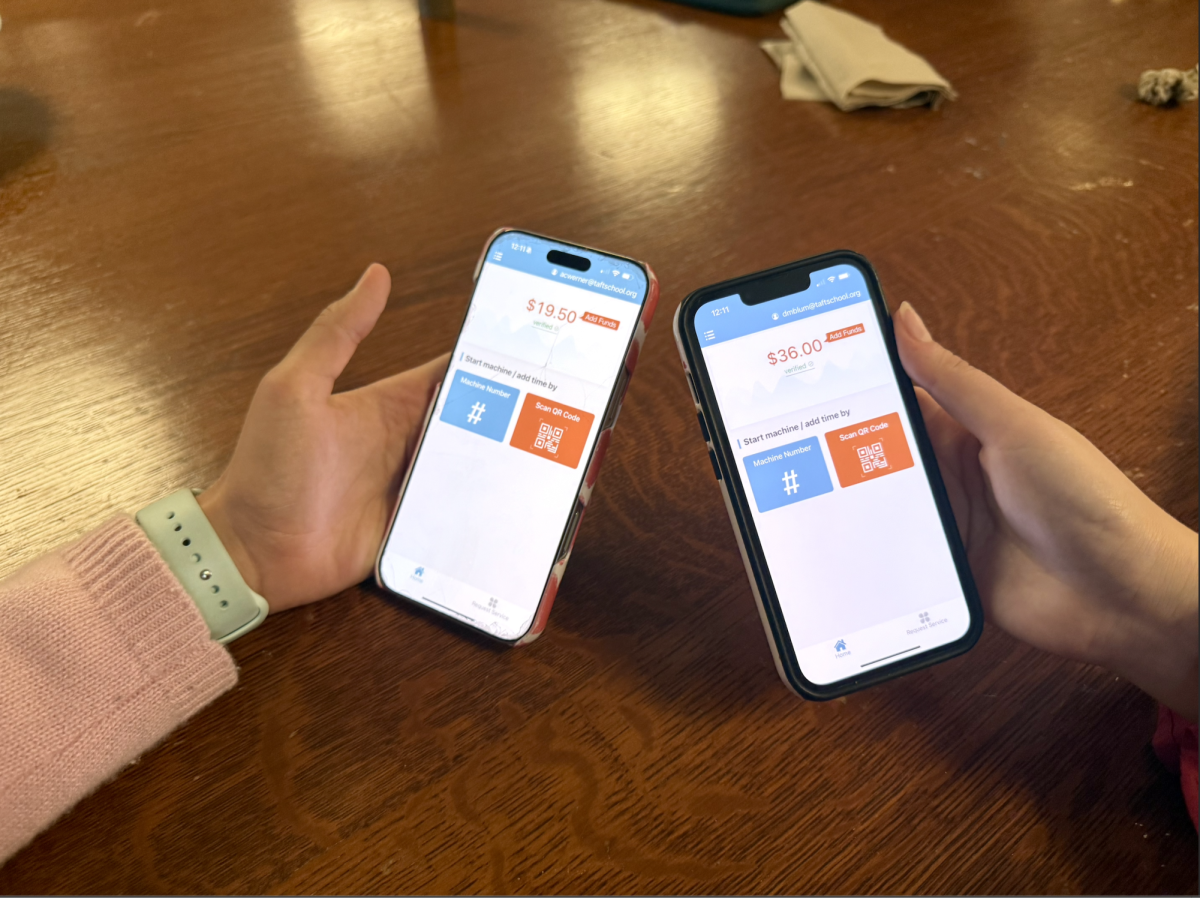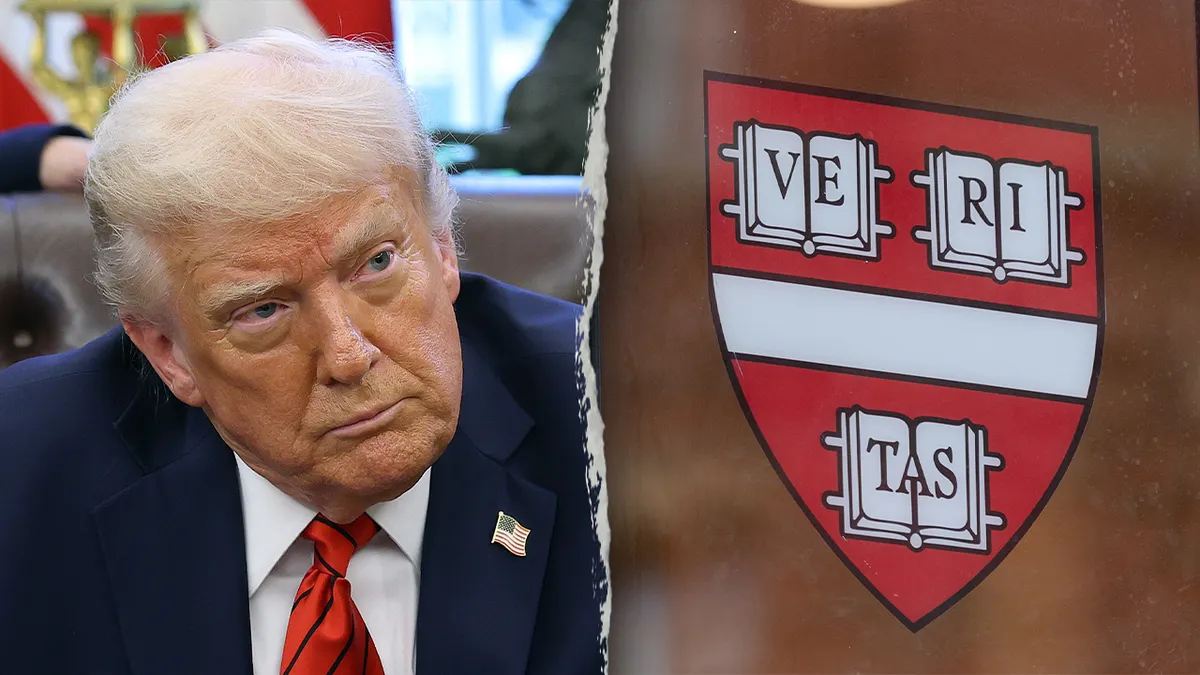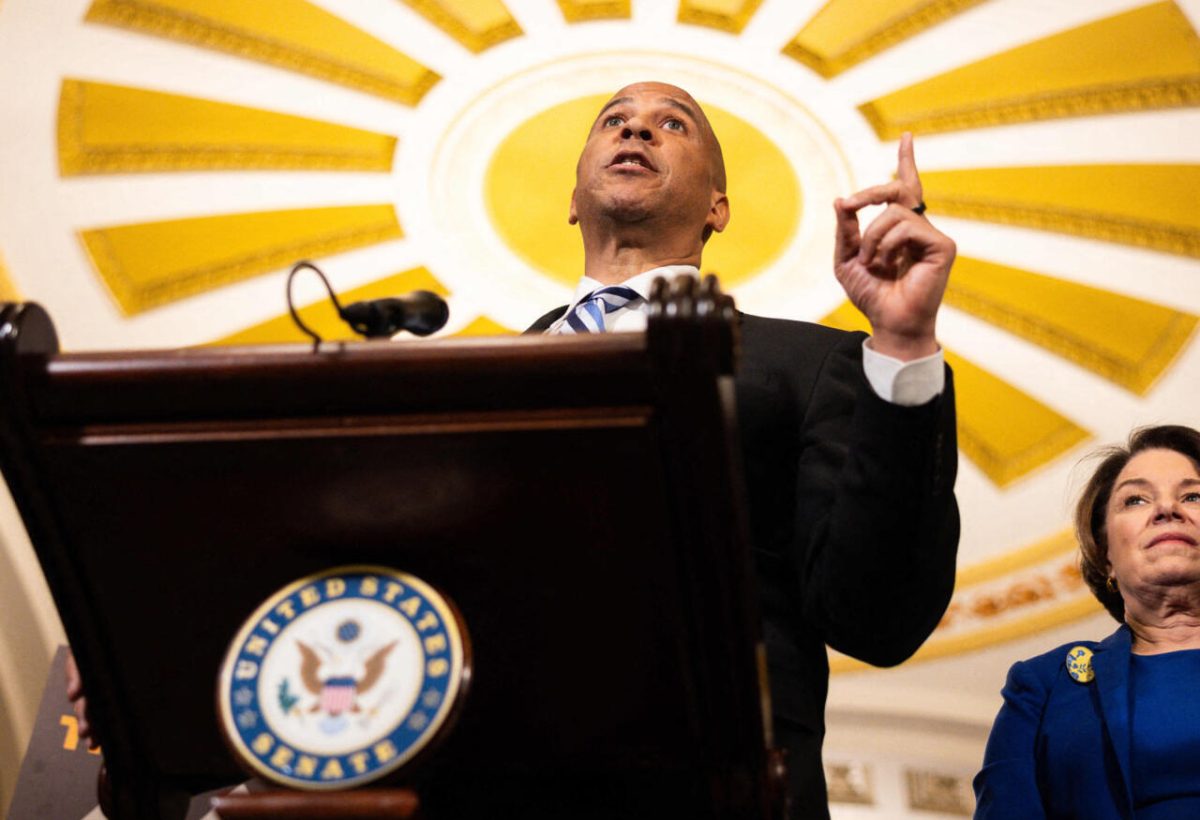The clatter of chopsticks and the hiss of sizzling oil filled the air as IShowSpeed — one of America’s biggest and most popular streamers — sat down at a noodle bar on the bustling streets of Shanghai. Surrounded by a group of young and incredulous fans, he slurped on a bowl of beef noodles while laughing with the other diners as his cameraman live-streamed his entire experience to millions of viewers in the U.S. and abroad. After taking his first bite, sweat rolled down his forehead, and his eyes widened as he laughed and said, “You sure you put a little spicy here?”
What began as a spur-of-the-moment adventure for the 20-year-old influencer, whose real name is Darren Watkins Jr., quickly turned into something bigger: a viral cultural exchange that challenged long-held assumptions about Chinese life and culture. IShowSpeed’s streams, which ranged from four to six hours of uninterrupted broadcasting, offered a rare and unscripted look at everyday life in the country for millions of viewers. In a time of heightened political tension and discourse surrounding the U.S. and China, where headlines often focus on security, surveillance, and suspicion, IShowSpeed’s livestream at a noodle bar became an unlikely stage for soft power and global diplomacy.
Over the past two centuries, the cultural relationship between the United States and China has fluctuated between curiosity, cooperation, and deep suspicion. In the 19th and early 20th centuries, trade, missionaries, and student exchanges sparked American curiosity about China, though often through a skewed Western lens. That began to change in the 1970s with Ping-Pong Diplomacy and Nixon’s visit to China, leading to a surge in cultural exchange. American brands and media poured into China, while Americans embraced Chinese food, films, and traditions. Yet in recent years, tensions have returned — driven by trade disputes, surveillance fears, and the stigma of COVID-19. IShowSpeed’s stream cuts against the grain of this modern pattern by humanizing cultural exchange and reintroducing spontaneous, people-to-people contact. It bypasses government channels and shows how individuals can revive cultural exchange even when official relations are strained.
IShowSpeed’s livestreams began on March 24 in the heart of Shanghai, the biggest city by population in China and a global financial hub located in the coastal northeast. Then, IShowSpeed travelled to the southwestern cities of Chengdu and Chongqing, then Hong Kong and Shenzhen, located on the southernmost tip of China. During his streams, IShowSpeed was exposed to various parts of Chinese culture and daily life — from trying local street food and hotpot to meeting celebrities and Shaolin monks to experiencing robust public transportation and driving advanced EVs. For China, IShowSpeed’s livestreams quickly became an unintentional but effective display of soft power: a nation’s ability to shape others’ preferences through appeal and attraction rather than coercion. IShowSpeed’s livestream has largely dispelled narratives of China’s widespread poverty and technological inferiority — viewers have reacted positively to the unexpectedly advanced infrastructure, friendly people, vibrant street life, and the blend of tradition and modernity in Chinese cities. Ironically, with just a few livestreams, an American celebrity has inadvertently become a more effective cultural ambassador than official diplomats of both countries.
Chinese viewers have certainly expressed satisfaction with IShowSpeed’s livestreams: Chinese vlogger Li Sanjin, who has amassed more than half a million followers on the Chinese social media platform Weibo, claimed that IShowSpeed has “eliminated all Western media propaganda about China.” While this is perhaps not entirely true, the exposure of the American streamer has certainly aligned with Beijing’s official narratives. However, the livestream hasn’t come without its controversies. For example, many have criticized the itinerary in Hong Kong for being too simplistic, failing to show many of the iconic landmarks such as Victoria Harbor and the urban downtown districts. Others have questioned whether parts of the trip were curated — either by local organizers or authorities —to present only the most favorable image of China, carefully avoiding politically sensitive issues like censorship and human rights. While IShowSpeed’s spontaneity and chaotic humor gave the stream a raw, unscripted feel, it’s clear that no livestream, no matter how authentic, can fully represent the complexities of a country as vast and varied as China.
Nonetheless, what made IShowSpeed’s livestream resonate with audiences was not its perfection but its humanity. Instead of delivering a political message, he was simply reacting, engaging, and learning in real time. In doing so, he participated in a centuries-old tradition of reopening windows between two increasingly polarized societies. IShowSpeed reminded viewers that a cultural connection can only begin with curiosity and humanity. Whether or not IShowSpeed’s streams in China will change long-term perceptions remains to be seen, but it has undeniably shown that even in a fractured geopolitical landscape, influencers and social media can still forge unexpected connections around the world.

